As of 2022, prepaid SIMs will account for nearly a quarter of all mobile subscribers in Singapore, according to the Infocomm Communications Authority (IMDA). These SIMs are still legally used for communications and cost savings, so authorities need to find a balance between security and flexibility.
In 2005, IMDA (then the Ministry of Home Affairs ) introduced a regulation limiting each citizen to a maximum of 10 prepaid SIM cards.
“IMDA requires all prepaid SIM registrations to be checked against a central database. This ensures that no subscriber can register more cards than the permitted limit,” the regulator said in a statement at the time.
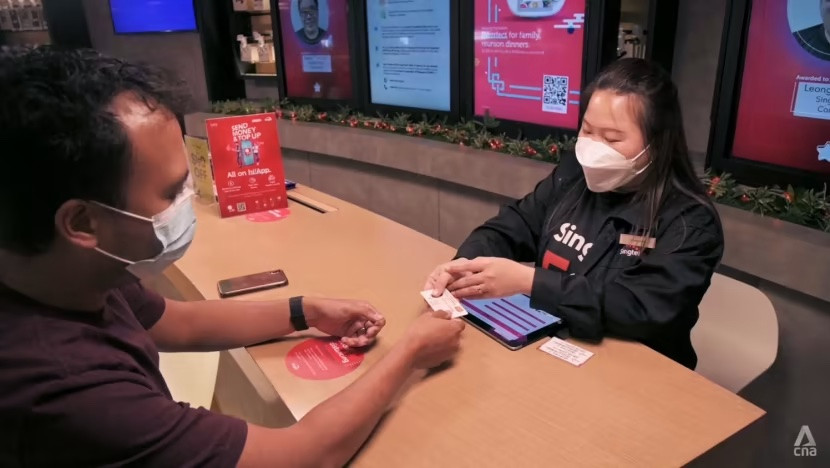
By 2014, IMDA reduced the maximum number of cards to three. At this time, retailers in Singapore use standalone devices to automatically input customer information after requesting their identification documents.
But the regulator said some retailers abused the process, such as making a copy of a customer's ID when they weren't looking, or using available information to pre-register multiple SIM cards without the customer's knowledge.
“After the transaction is completed, the dealer will have another activated SIM card to sell without any further details,” said a mobile phone shop owner in Orchard Road. “Tracing the customer becomes even more difficult if they are tourists and have left the country. That is why some shop owners are willing to bend the rules.”
Most recently, in November 2021, IMDA further tightened the prepaid SIM registration process by disallowing manual entry of customer information, requiring carriers and retailers to scan and upload ID images, and each registration is tied to only one SIM card.
Registration process
Prior to that, carriers had to develop new systems to meet the new requirements, including ID scanning applications, and then deploy training for thousands of retailers to use the software.
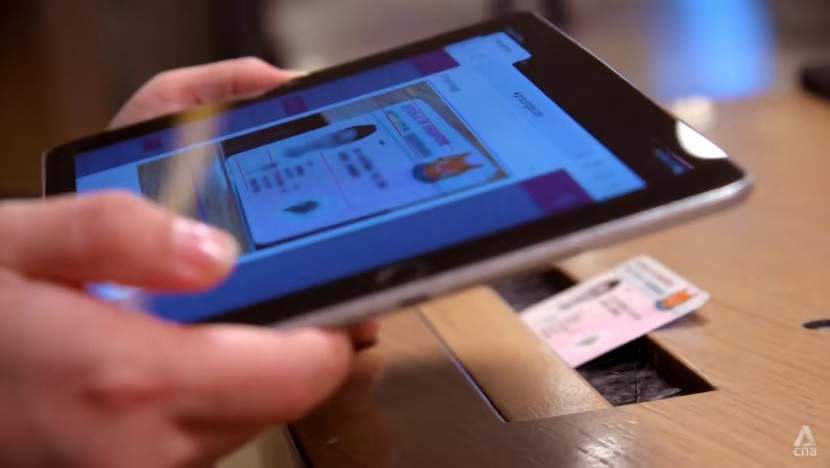
“It was a stressful period in the development of the system. There were a number of issues that arose and the companies were constantly working to ensure a good experience for agents as well as customers,” said Anna Yip, managing director of consumer at Singtel.
For example, some retailers have found that scanners fail to detect personal details in low-light conditions or when IDs are outdated. Some customers have also refused to have their IDs scanned, citing data privacy concerns.
To address these issues, carriers have installed additional lighting in stores, tested apps to find the most suitable phone models, and even released software for prepaid SIMs that let customers scan their own facial IDs.
To register a prepaid SIM, users must provide their original ID or passport. The app's scanner automatically fills in the required information. The process takes 20 to 30 seconds. At the same time, the software also checks to see if the customer has exceeded the three-SIM limit, and if so, the customer is prompted to cancel the registration of the other SIMs.
In theory, attackers could still use different carriers' registration apps to upload copies of the IDs and manually enter the stolen information, but the scanner is equipped with a backend feature that detects illegally uploaded IDs and alerts carriers.
Telecom companies are also forced to audit agents to monitor who SIM cards are sold to, and ensure each customer's limit.
(According to CNA)
Source










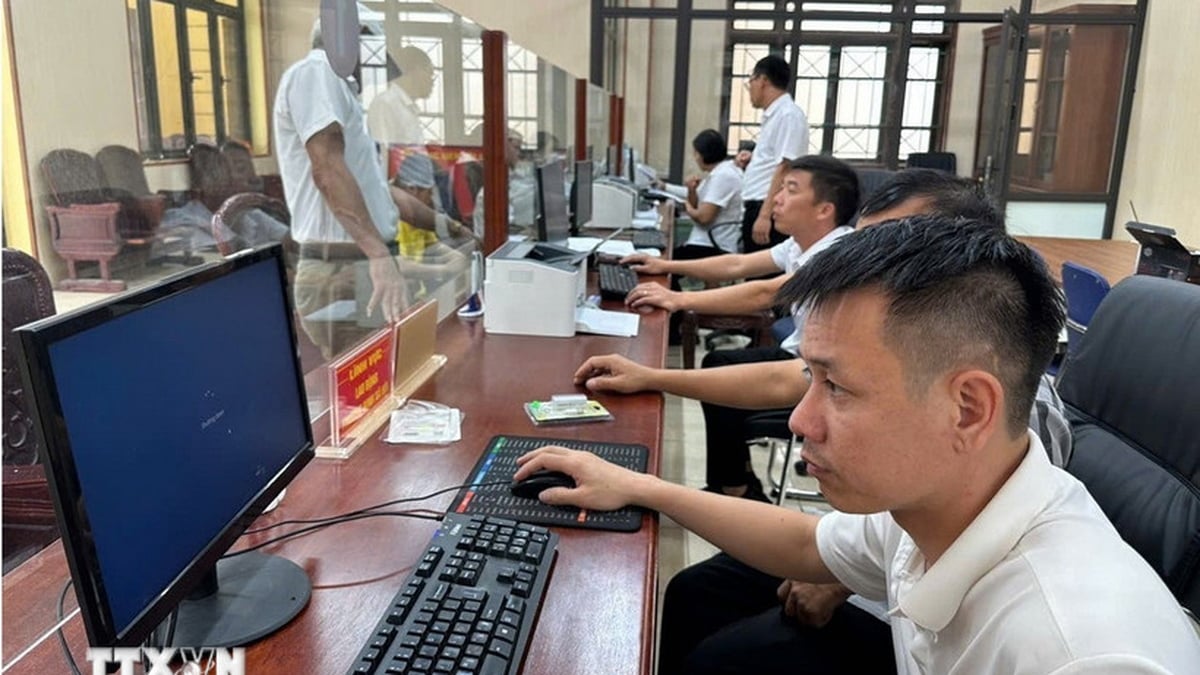




















![[Photo] Signing of cooperation between ministries, branches and localities of Vietnam and Senegal](https://vphoto.vietnam.vn/thumb/1200x675/vietnam/resource/IMAGE/2025/7/24/6147c654b0ae4f2793188e982e272651)










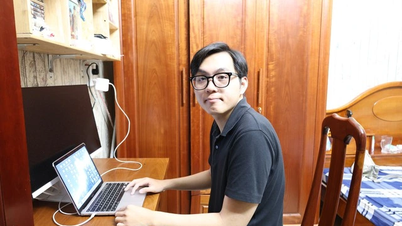
























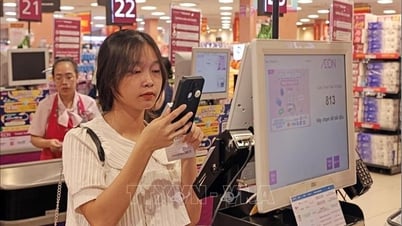

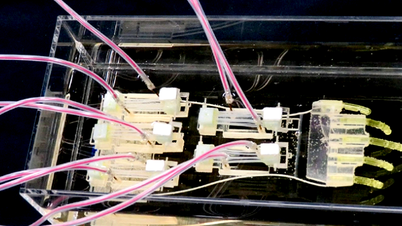

































Comment (0)